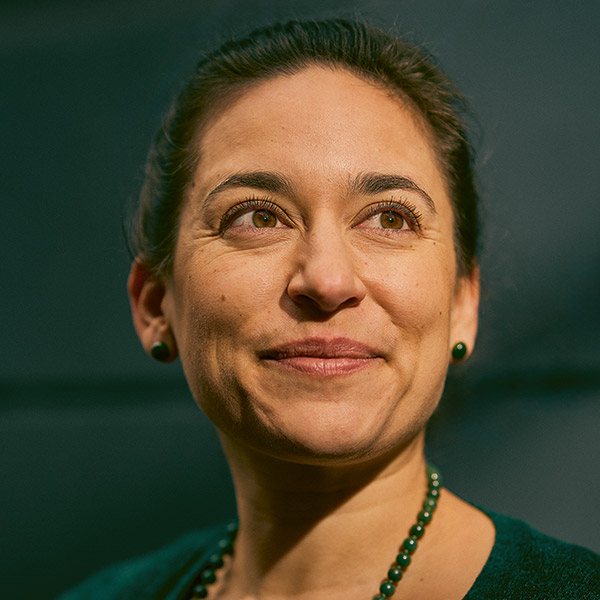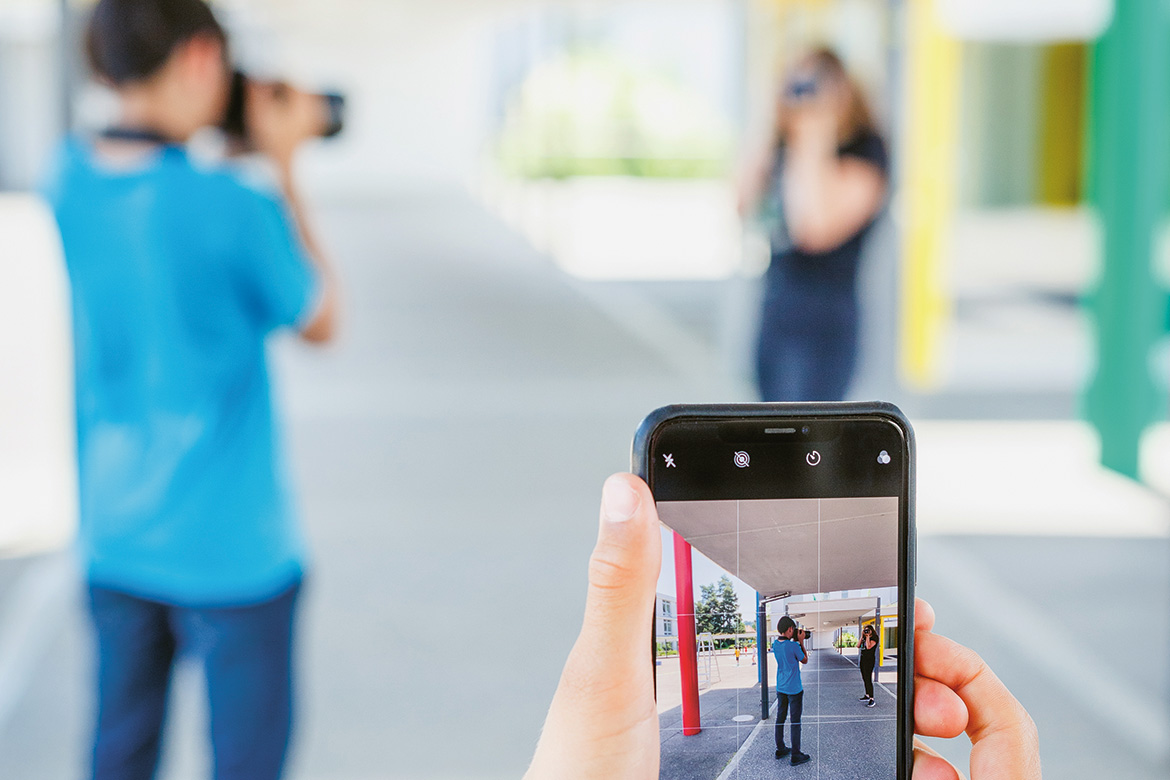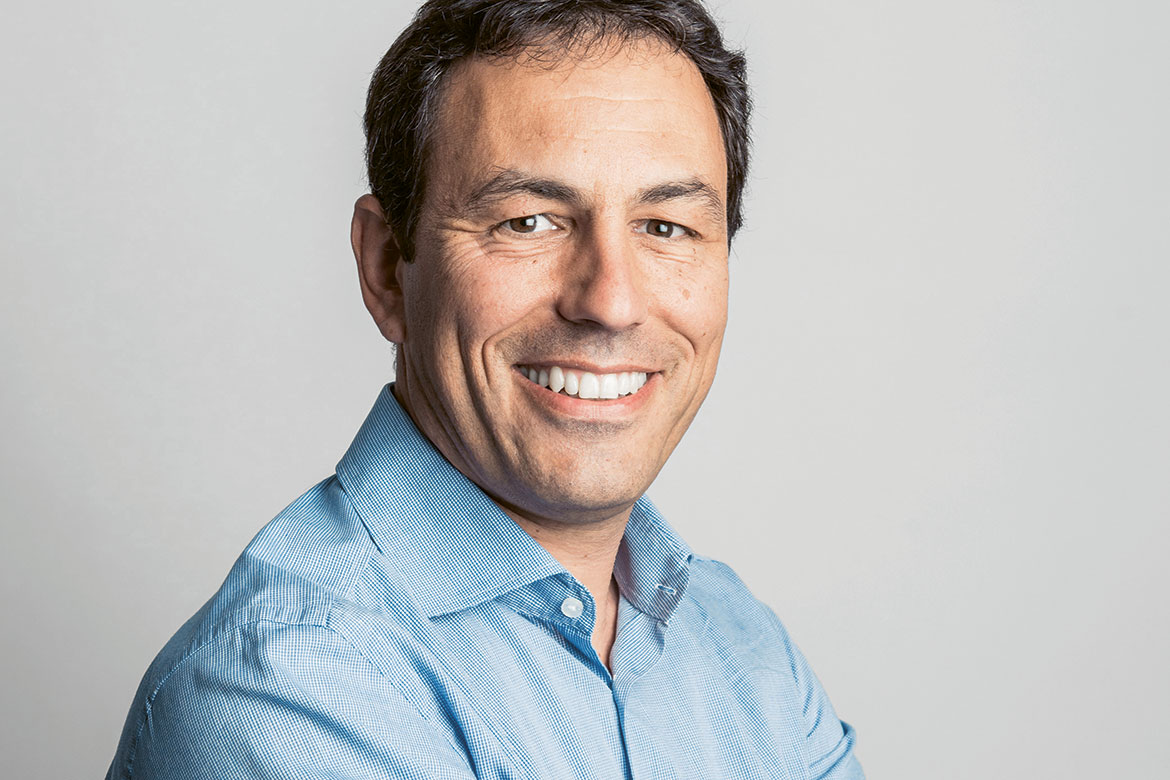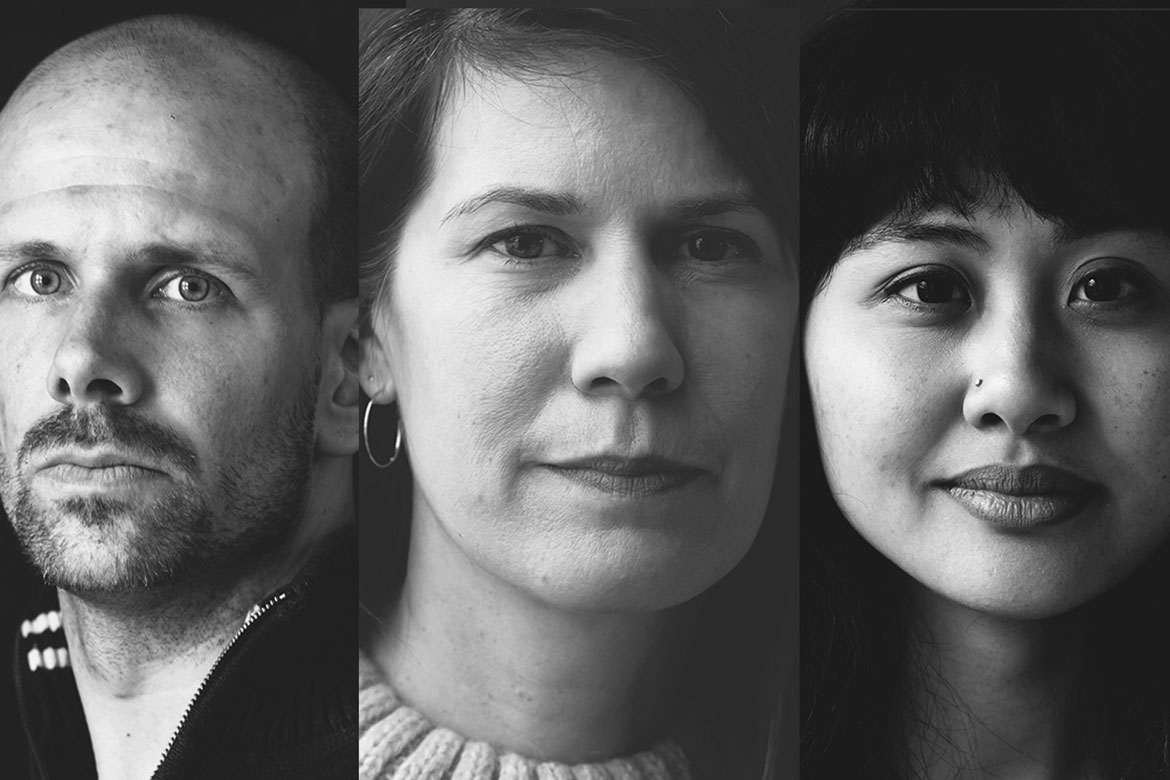Standpoint
“Some things you can show, others you have to tell”
Tine Melzer is an artist and a linguistic philosopher. She combines her two very different abilities in projects that can be categorised as ‘artistic research’. Her chosen field is hardly straightforward to understand, so she here describes it for us.
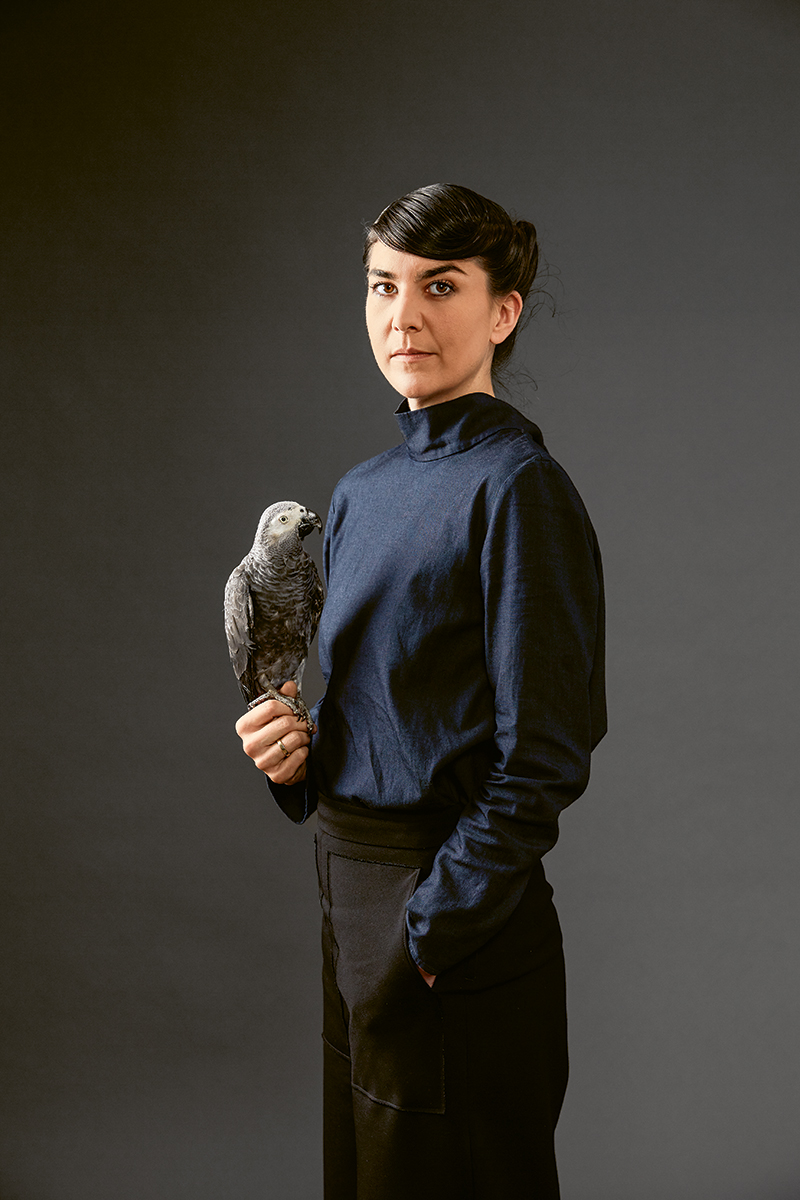
Tine Melzer studied visual arts and philosophy in Amsterdam, took her doctorate at the University of Plymouth in the UK, and has been a lecturer at the Bern University of the Arts HKB since 2014. | Image: Mara Truog / 13 Photo
Tine Melzer, is the concept of ‘artistic research’ at all meaningful?
It’s appealing. The problem lies more with the debate around it. The concept has become hackneyed on account of experiences, assessments and conceptualisations that have brought forth many misunderstandings.
What misunderstandings?
After the Bologna Reform, it became important for universities of the arts to be able to give their researchers a kind of post-Master status. For example, it was important to decide what formal criteria had to be met in order to be awarded a doctorate in arts. Some believed that artistic work had to be adapted to the university canon. There are meaningful ways of uniting artistic practice and scholarly research. But for this to happen, the two have to meet as equals. A recent ‘Manifesto of artistic research’ (S. Henke, D. Mersch et al., Diaphanes 2020) has finally clarified some of the most important misunderstandings.
Such as?
The label ‘artistic research’ can be misused in order to enhance work that is simply difficult to communicate. Or, conversely, someone might try to hide a bad piece of art behind superficial scientific gestures. That does neither much good.
What does artistic research actually do?
There are profitable methods in the arts that can be productively applied in many scientific disciplines – such as when you have to communicate or illustrate something that’s ambiguous. For me personally, I expect artistic research to engage sensually with acts of verbalisation and reflection that are situated between poetic and theoretical procedures.
Can you describe a project of your own?
One example could be The Complete Dictionary of 2003, which is an encyclopaedia of all possible words with up to six letters. Our research question was: “How big is the complete dictionary?” A philosopher might discuss this in an essay, but art can approach it with very different, almost physical means. Our dictionary has 26 volumes, from A to Z. The way I believe language functions, there are certain things you should rather say, while with others it’s better to show them.
How does that work?
At exhibitions, people are allowed to use these volumes as reading objects – they can touch them, get to grips with them. Then they realise: there are far more words in them than are actually in use. They are all pronounceable words, but from all kinds of languages. We can all deal with words – these rows of letters – and we have a relationship to them. And the Dictionary links this up with everyday experience. What it manages to do is something that a purely academic work wouldn’t always manage.

